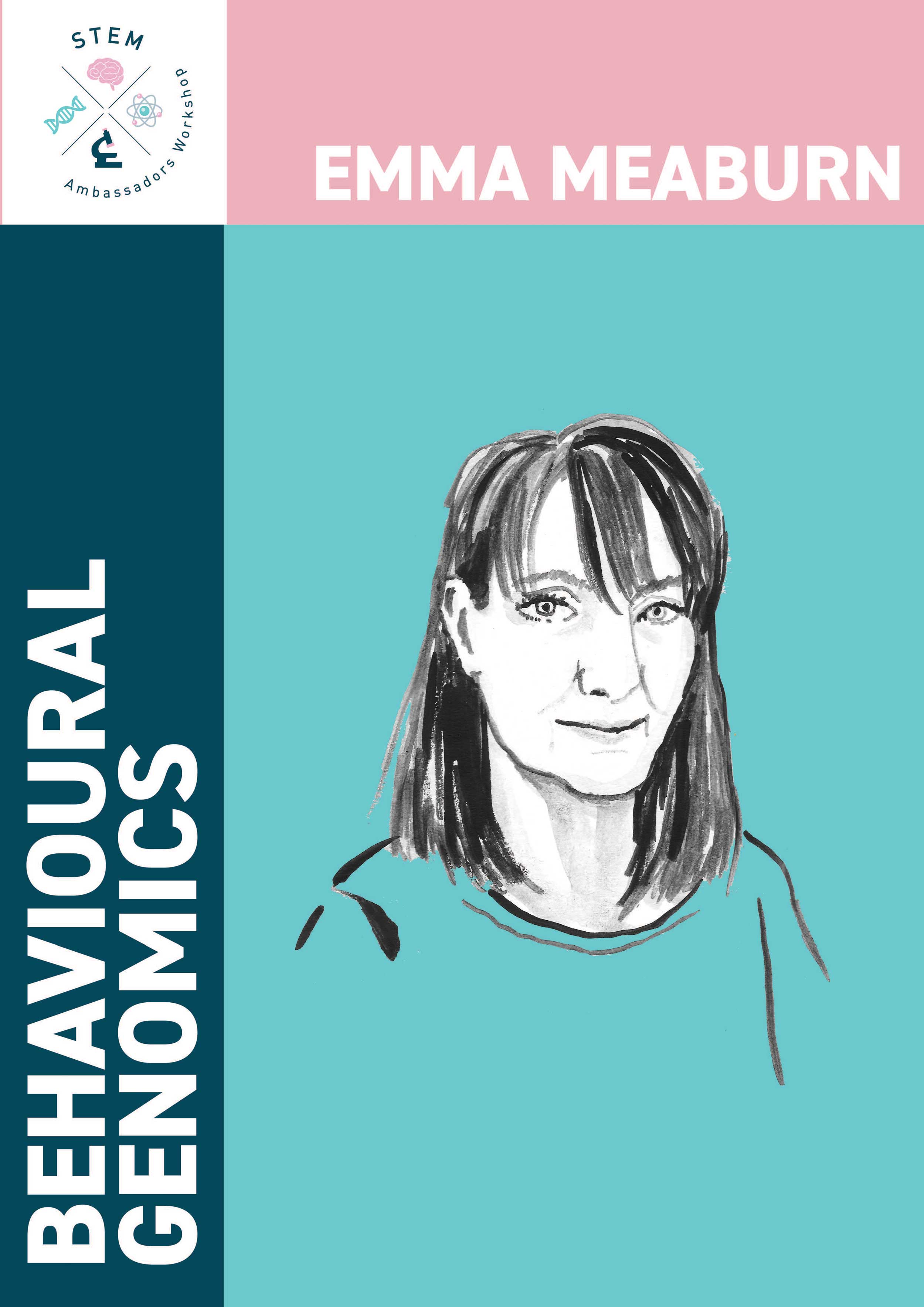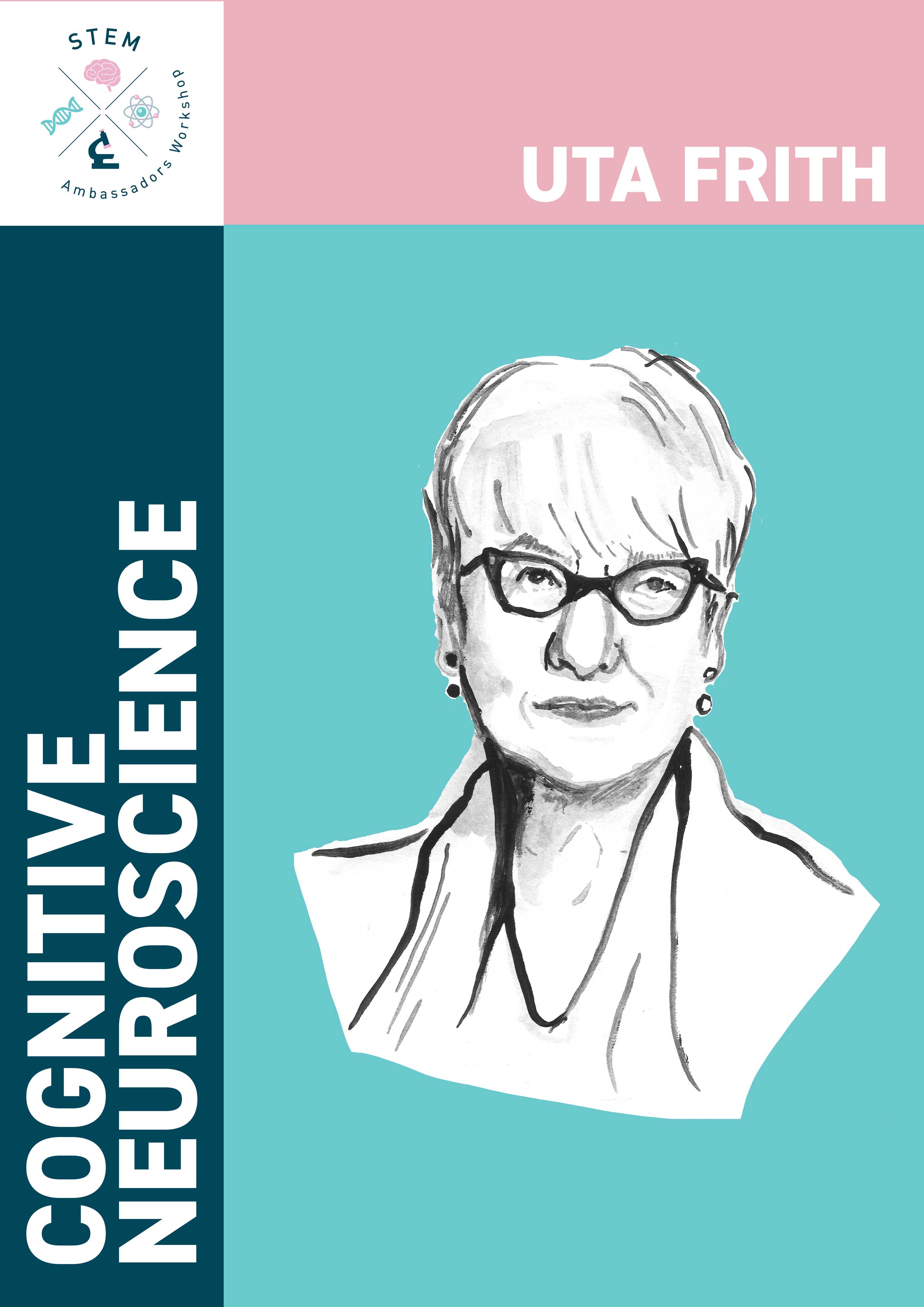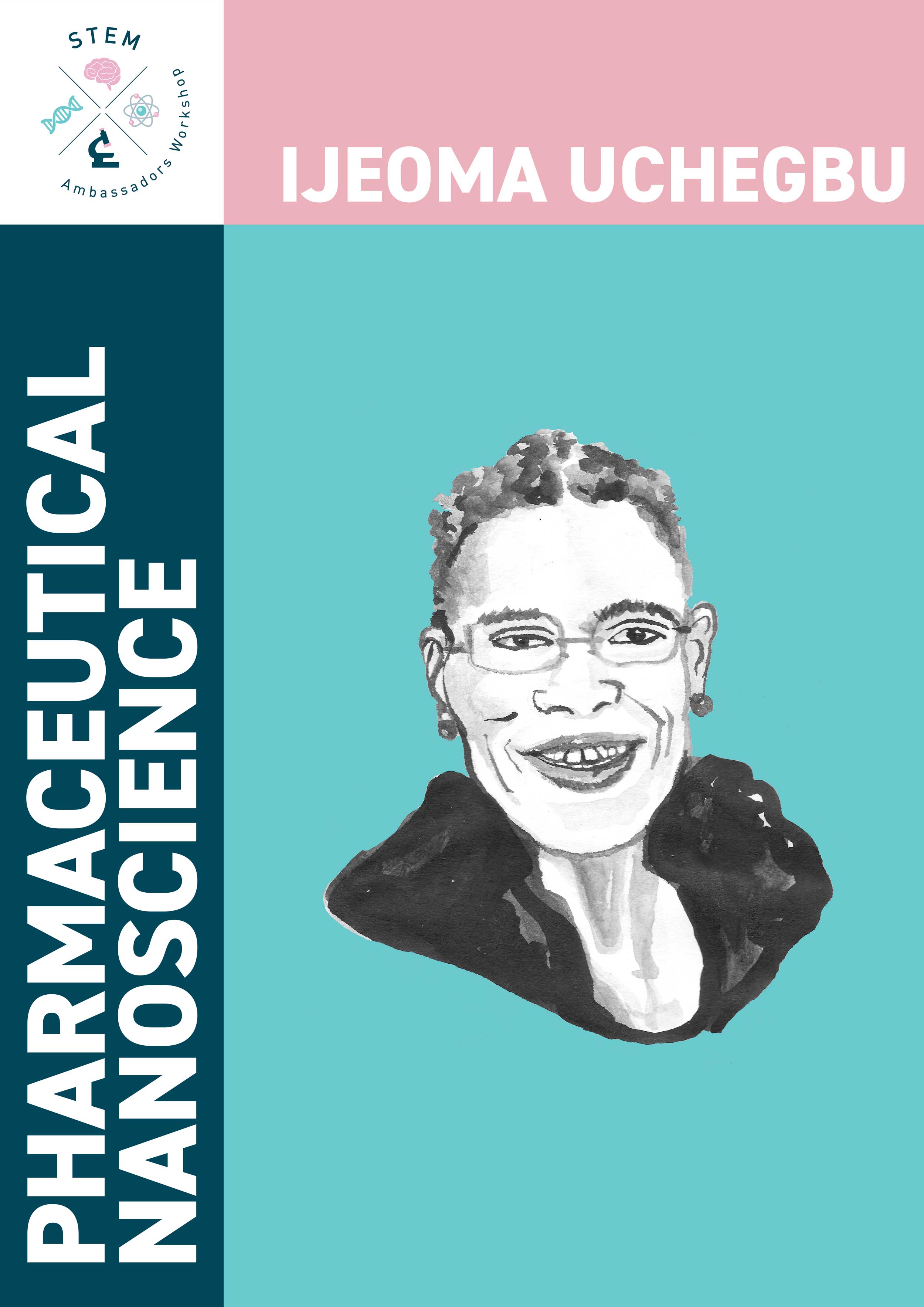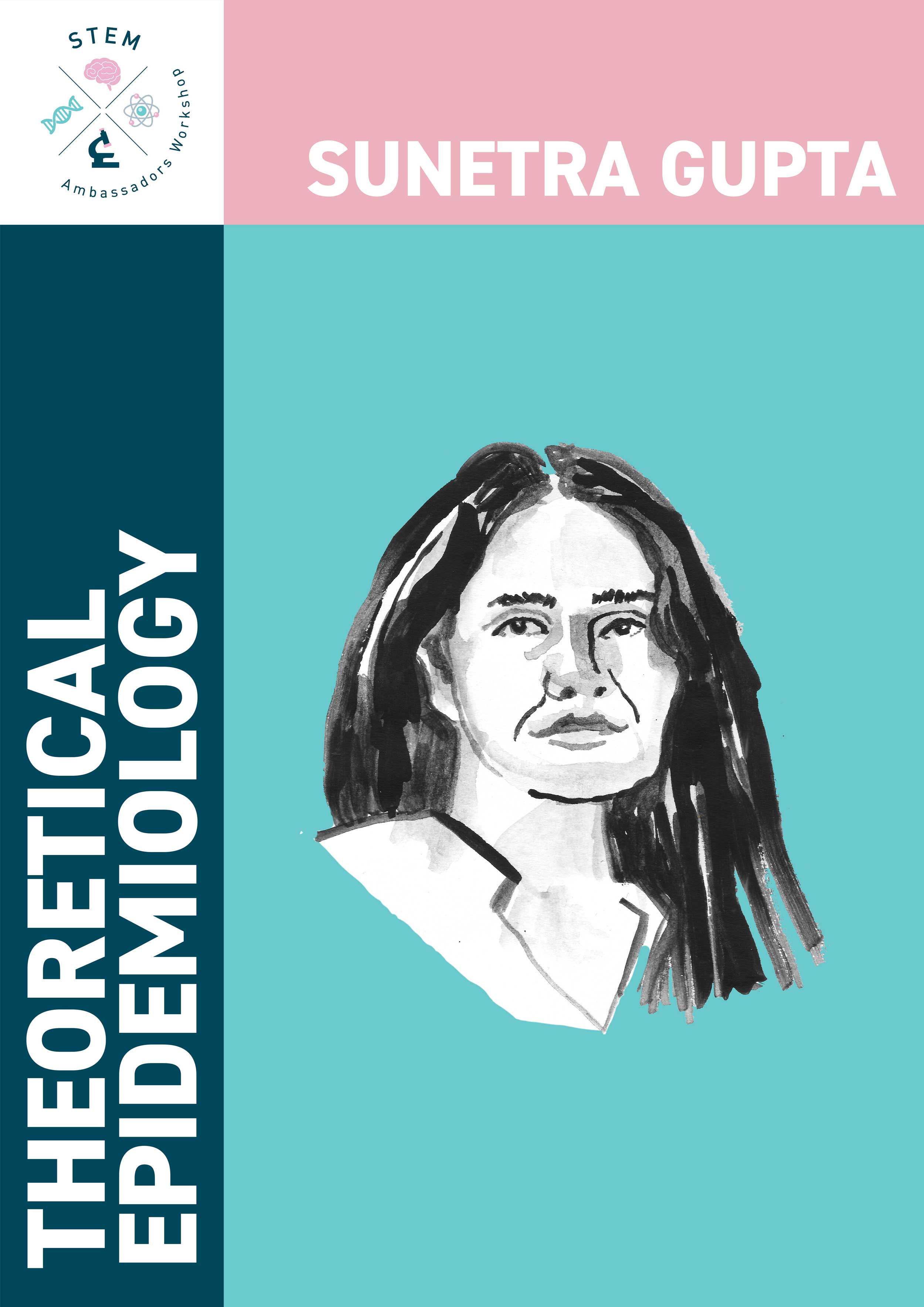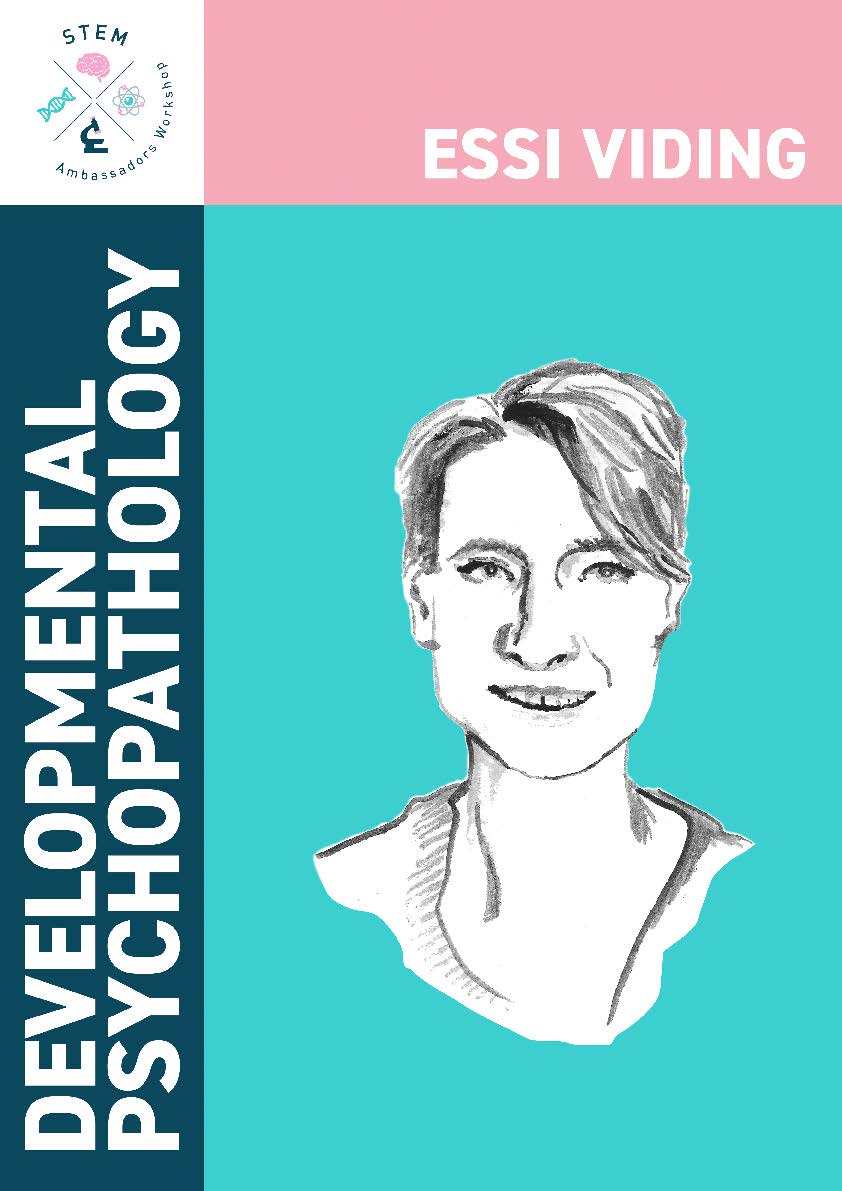Who was Rosalind Franklin?
Rosalind Franklin was a chemist whose pioneering crystallography and X-ray diffraction work led to the discovery of the DNA double helix. She was born on 25 July 1920 in London. Rosalind knew from the age of 15 that she wanted to be a scientist. However, her father disapproved of women going to university. Determined to pursue her passion, Rosalind stood up to her father and studied chemistry at Cambridge.
After university, Rosalind developed her expertise as an X-ray crystallographer researching the structure of coal in Paris. She began using her X-ray diffraction expertise to study the structure of DNA when she worked as a researcher at King's College London. Rosalind's precise and clear photographs of crystallized DNA and detailed experimental data revealed the DNA double helix shape. However, she was not the only person studying DNA at the time. James Watson and Francis Crick looked at her research without her permission and used the data to form the basis for their DNA model. Watson and Crick won the Nobel prize without giving Rosalind any credit.
Rosalind moved to Birkbeck in 1953 where she studied the tobacco mosaic virus and the polio virus. Unfortunately, Rosalind died in 1958 at the age of 37 from cancer.
After her death, people became aware of how Watson and Crick used her data to develop their model. She is now celebrated as one of the most important scientists in the twentieth century.
Looking for resources to use in the classroom or your STEM club?
Check out The Rosalind Franklin STEM Ambassadors Teacher Toolkit for everything from classroom-ready lessons on STEM Role Models to science communication skills tasters.





